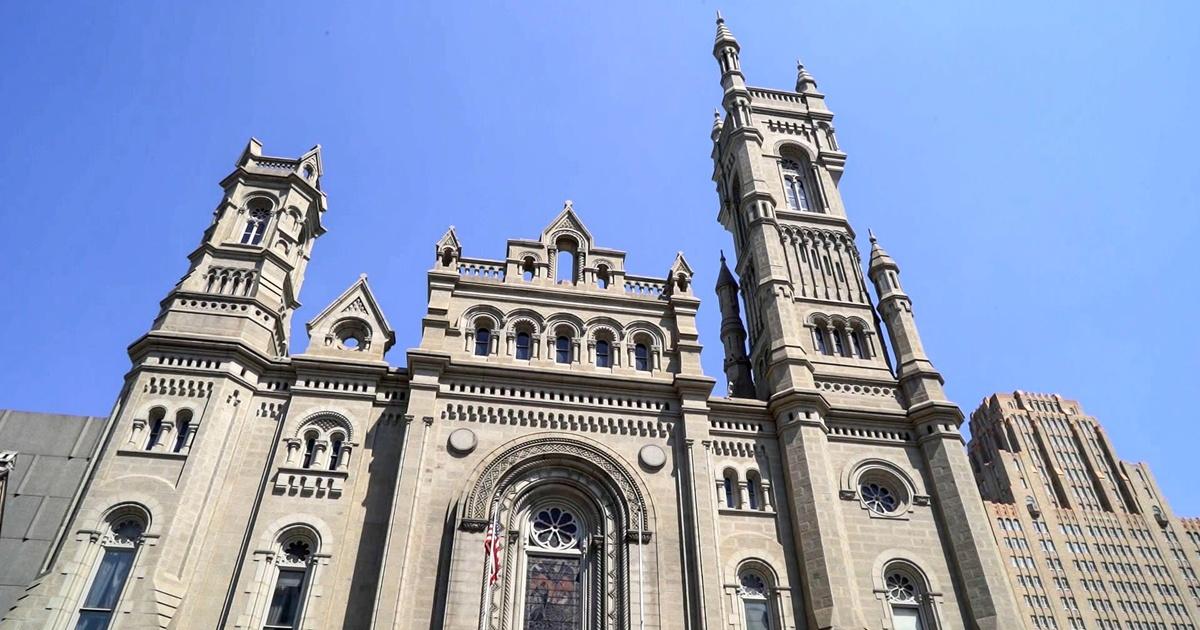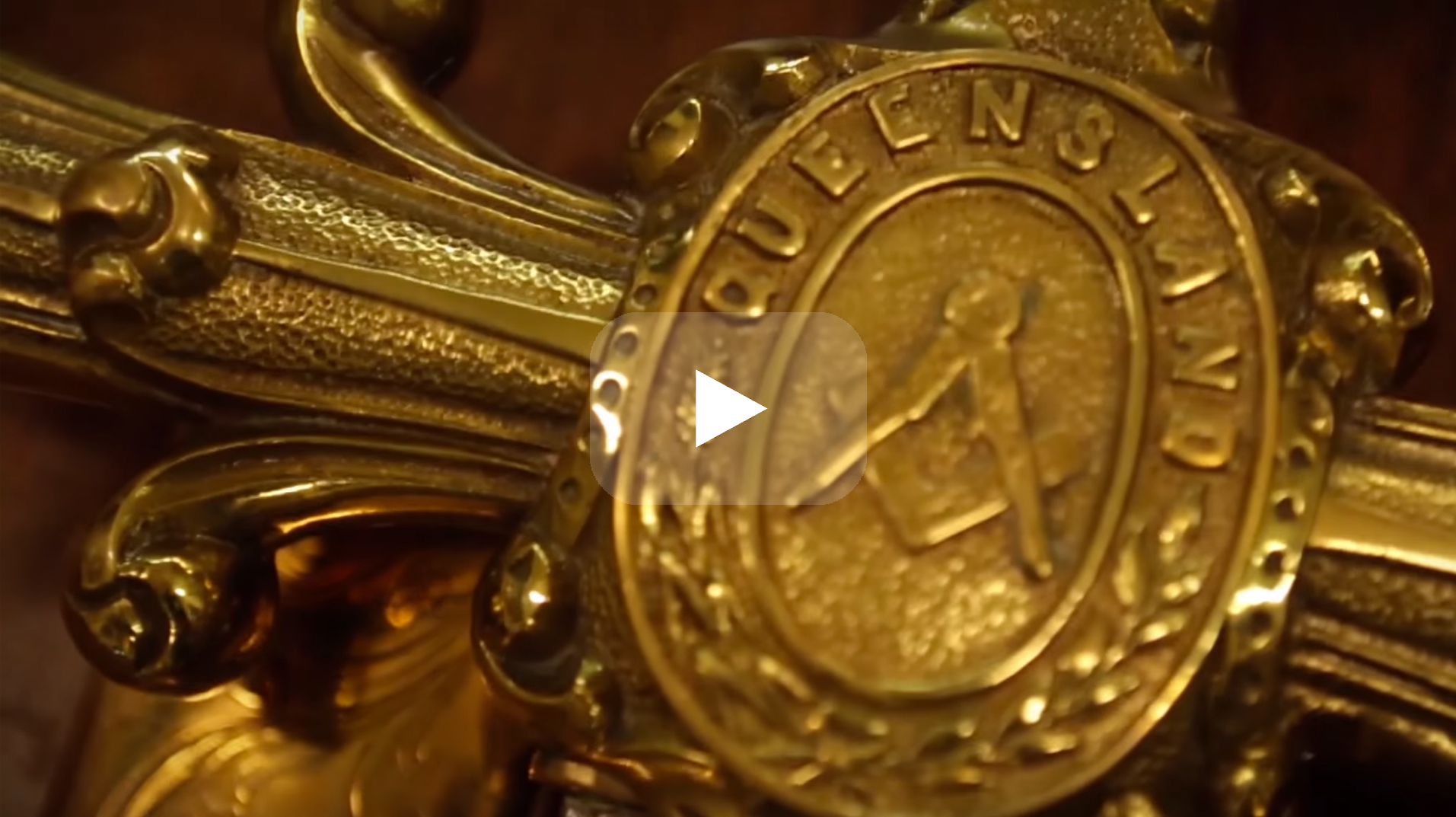Learn the Details Behind the Membership Process to Join Freemason Easily
Learn the Details Behind the Membership Process to Join Freemason Easily
Blog Article
Exploring the Mysteries of the copyright: What You Required to Know
The copyright, a term usually shrouded in intrigue and dispute, represents an intricate tapestry of historical truth and modern misconception. Established in the late 18th century, this secret culture was initially rooted in the Enlightenment's suitables yet has considering that come to be associated with conspiracy theory theories regarding elite control. As we browse the beginnings, key numbers, and the raw comparison between misconception and fact, one have to consider how these narratives affect modern assumptions of power and secrecy. What might be disclosed through a closer evaluation of these aspects could test long-held presumptions concerning the shadows that linger in our culture.
Beginnings of the copyright
The beginnings of the copyright are soaked in a mix of historic intrigue and ideological eagerness. Developed in 1776 in Ingolstadt, Bavaria, by Adam Weishaupt, the team was originally formed as a secret society targeted at promoting Enlightenment ideals such as reason, secularism, and the separation of church and state. join freemason. Weishaupt, a professor of canon law, sought to test the dominating authority of the church and state, which he deemed overbearing establishments suppressing intellectual and individual liberty
The copyright looked for to hire prominent participants from various societal sectors, consisting of national politics, academic community, and the arts, to promote a network devoted to these Enlightenment principles. The society run under a shroud of secrecy, utilizing coded language and rituals to safeguard its members from persecution, specifically offered the repressive environment of the time. The copyright dealt with significant opposition from both governmental authorities and spiritual organizations, which saw the group as a hazard to their power.
Secret Figures and Participants
That were the critical figures that formed the copyright's early impact and instructions? The Bavarian copyright, founded in 1776 by Adam Weishaupt, became a feedback to the oppressive societal frameworks of the time. Weishaupt, a regulation professor, envisioned the company as a way to advertise Knowledge ideals such as factor, secularism, and equality. His first recruitment initiatives included significant intellectuals, such as Baron von Knigge, that played a crucial duty in expanding the team's membership and business structure.
One more substantial figure was Johann Gottlieb Fichte, a famous philosopher whose ideas on nationalism and education and learning resonated with the copyright's goals. Although Fichte was not an official member, his thoughtful underpinnings influenced the team's ideological background. Additionally, figures like the writer and thinker Johann Wolfgang von Goethe were associated with the more comprehensive intellectual movements of the moment, although their direct participation with the copyright continues to be debated.
These crucial numbers added to the copyright's early instructions, pressing the borders of political and social thought, while their collective initiatives intended to challenge established standards and cultivate an environment of progressive change in Europe. (join freemason)
Myths vs. Truth
Several misunderstandings border the copyright, often blending fact with fiction in such a way that obscures its true nature. This secret society, initially established in 1776 in Bavaria, intended to advertise Knowledge perfects and fight spiritual and political fascism. The idea that the copyright remains to apply significant impact over globe occasions is a misconception. While the team did exist, it was dissolved in the late 18th century and has not operated as a cohesive entity because then.
One more common myth is that the copyright comprises a network of elite individuals manipulating international events. In truth, numerous conspiracy theory concepts exaggerate the team's value, connecting view it unproven motives to societal fads and events. This has brought about an oversimplified sight of complicated issues.
In addition, the representation of the copyright in prominent culture often more distorts its legacy. Films and literature tend to sensationalize the company's duty, producing a narrative that deviates from historic realities. Recognizing the distinction in between the misconceptions and the reality of the copyright is crucial for critical the genuine influence of this historical team and acknowledging the broader effects of conspiracy concepts in contemporary culture.

Modern Interpretations
Contemporary analyses of the copyright typically reflect more comprehensive societal anxieties and an attraction with secrecy and power. This modern-day visit this web-site lens often associates the copyright with conspiracy theory theories that recommend a covert elite coordinates world occasions, controling governments and economic climates for their own gain. Such stories tap right into a deep-seated wonder about of authority, particularly in times of situation or social upheaval.
In pop culture, the copyright is commonly depicted as a supreme organization shrouded in enigma, resulting in a wide variety of imaginary representations in literature, movie, and songs. This portrayal offers not just to entertain however additionally to provoke thought of the nature of power and control in contemporary society. Social media site has even more intensified these interpretations, enabling fast circulation of conspiracy theories and producing areas that share and increase upon these ideas.
Furthermore, some contemporary analyses mount the copyright as a metaphor for the complexities of globalization and the interconnectedness of influential individuals and organizations. This point of view urges a critical evaluation of exactly how power characteristics run in today's globe, highlighting the equilibrium in between openness and privacy in administration and corporate practices.
Cultural Influence and Heritage
Influenced by centuries of intrigue, the social influence and legacy of the this website copyright prolong far past its historical origins. This secret culture, established in the late 18th century, has penetrated various facets of pop culture, from literature and movie to songs and art. join freemason. The principle of the copyright has developed into an icon of conspiracy theory theories, typically representing a perceived surprise power controling worldwide occasions
In literary works, authors like Dan Brown have woven the copyright right into elaborate plots, exciting visitors with themes of privacy and power. Films such as "National Prize" and "The Da Vinci Code" additionally continue the attraction of the culture, blending reality with fiction to produce engaging stories.

Eventually, the copyright's legacy is an intricate tapestry of myth and fact, forming perceptions of privacy and control in contemporary discussion. Its enduring visibility in culture underscores mankind's perennial pursuit for comprehending hidden realities.

Final Thought
The exploration of the copyright reveals an intricate interaction in between historical realities and modern myth-making. Established in the Enlightenment period, this society intended to challenge overbearing structures, yet its heritage has been eclipsed by conspiracy concepts that recommend elite control. Recognizing the distinctions in between the initial perfects and modern interpretations is essential for comprehending the sustaining fascination with the copyright and its substantial impact on cultural stories surrounding power and privacy in culture.
Report this page